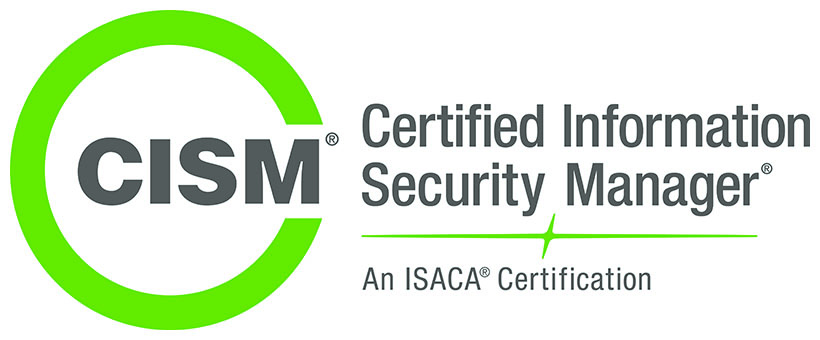CISM Certification Training
CISM (Certified Information Security Manager) is a key certification for information security professionals who manage, design, oversee, and assess enterprise information security. This CISM certification course, closely aligned with ISACA's best practices, helps you learn about IT security systems.
2.1k + Satisfied learners Live Classes

